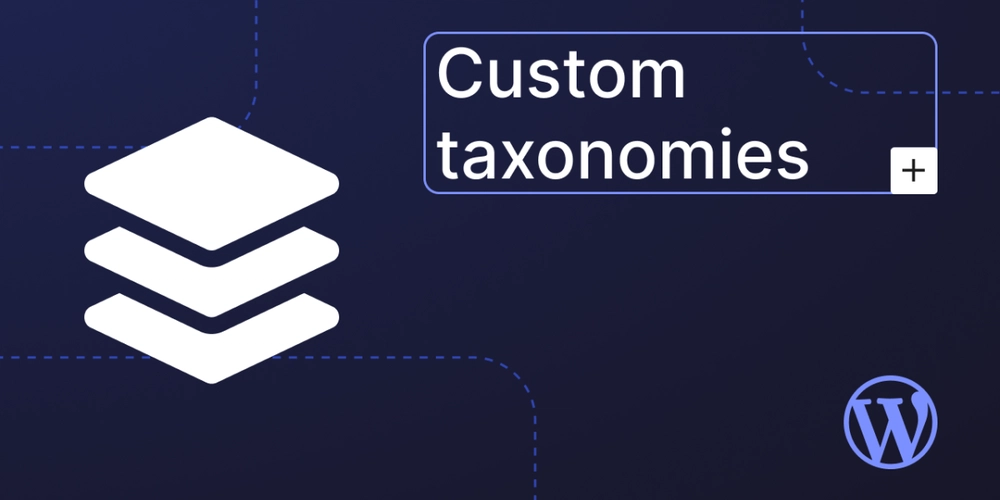Building Smart Recommendation Systems
Recommendation systems have become a crucial feature in modern applications, helping users discover relevant content, products, or services. Whether it's suggesting movies, books, shopping items, or music, these systems enhance user experience and boost engagement. In this post, we'll explore how recommendation systems work, types of recommendation algorithms, and how you can start building your own. What is a Recommendation System? A recommendation system is a type of information filtering system that predicts user preferences and suggests items that users might like. These systems use data analysis and machine learning techniques to deliver personalized content. Types of Recommendation Systems Content-Based Filtering: Recommends items similar to what the user has liked before by analyzing item features. Collaborative Filtering: Recommends items by finding similarities between users or items based on user behavior. Hybrid Systems: Combine both content-based and collaborative filtering for improved performance. Knowledge-Based Systems: Use domain knowledge to make recommendations, useful in complex domains like travel or real estate. Popular Algorithms Used User-Based Collaborative Filtering – Similar users are found based on item ratings or interactions. Item-Based Collaborative Filtering – Similarity between items is calculated based on users' ratings. Matrix Factorization (e.g., SVD) – Decomposes large user-item matrices to find latent factors. Deep Learning Models – Use neural networks for complex pattern recognition in large datasets. Basic Python Example with Collaborative Filtering This is a simple example using the Surprise library in Python: from surprise import SVD, Dataset, accuracy from surprise.model_selection import train_test_split Load the built-in Movielens dataset data = Dataset.load_builtin('ml-100k') trainset, testset = train_test_split(data, test_size=0.25) Build and train model model = SVD() model.fit(trainset) Test and evaluate predictions = model.test(testset) print("RMSE:", accuracy.rmse(predictions)) Tools and Frameworks Surprise: A Python library for building and analyzing recommender systems. LightFM: A hybrid recommender system using collaborative and content-based methods. TensorFlow Recommenders: A library for building deep learning-based recommenders. Apache Mahout: A scalable machine learning library for building recommenders on big data. Challenges in Recommendation Systems Cold Start: Difficulty in recommending for new users or new items. Sparsity: Limited data in user-item interaction matrices. Scalability: Managing large datasets with many users and items. Bias and Fairness: Ensuring recommendations are fair and free from discrimination. Applications of Recommendation Systems Online Retail (e.g., Amazon product recommendations) Streaming Services (e.g., Netflix movie suggestions) Social Media (e.g., Facebook friend recommendations) News Aggregators (e.g., Google News) Job Portals (e.g., LinkedIn job matches) Conclusion Recommendation systems are a powerful way to personalize user experiences. By leveraging user behavior, content features, and machine learning techniques, developers can build smart systems that drive engagement and satisfaction. Whether you're building a simple recommender or an advanced deep learning model, understanding the core principles and tools is key to success.


Recommendation systems have become a crucial feature in modern applications, helping users discover relevant content, products, or services. Whether it's suggesting movies, books, shopping items, or music, these systems enhance user experience and boost engagement. In this post, we'll explore how recommendation systems work, types of recommendation algorithms, and how you can start building your own.
What is a Recommendation System?
A recommendation system is a type of information filtering system that predicts user preferences and suggests items that users might like. These systems use data analysis and machine learning techniques to deliver personalized content.
Types of Recommendation Systems
- Content-Based Filtering: Recommends items similar to what the user has liked before by analyzing item features.
- Collaborative Filtering: Recommends items by finding similarities between users or items based on user behavior.
- Hybrid Systems: Combine both content-based and collaborative filtering for improved performance.
- Knowledge-Based Systems: Use domain knowledge to make recommendations, useful in complex domains like travel or real estate.
Popular Algorithms Used
- User-Based Collaborative Filtering – Similar users are found based on item ratings or interactions.
- Item-Based Collaborative Filtering – Similarity between items is calculated based on users' ratings.
- Matrix Factorization (e.g., SVD) – Decomposes large user-item matrices to find latent factors.
- Deep Learning Models – Use neural networks for complex pattern recognition in large datasets.
Basic Python Example with Collaborative Filtering
This is a simple example using the Surprise library in Python:
from surprise import SVD, Dataset, accuracy
from surprise.model_selection import train_test_split
Load the built-in Movielens dataset
data = Dataset.load_builtin('ml-100k')
trainset, testset = train_test_split(data, test_size=0.25)
Build and train model
model = SVD()
model.fit(trainset)
Test and evaluate
predictions = model.test(testset)
print("RMSE:", accuracy.rmse(predictions))
Tools and Frameworks
- Surprise: A Python library for building and analyzing recommender systems.
- LightFM: A hybrid recommender system using collaborative and content-based methods.
- TensorFlow Recommenders: A library for building deep learning-based recommenders.
- Apache Mahout: A scalable machine learning library for building recommenders on big data.
Challenges in Recommendation Systems
- Cold Start: Difficulty in recommending for new users or new items.
- Sparsity: Limited data in user-item interaction matrices.
- Scalability: Managing large datasets with many users and items.
- Bias and Fairness: Ensuring recommendations are fair and free from discrimination.
Applications of Recommendation Systems
- Online Retail (e.g., Amazon product recommendations)
- Streaming Services (e.g., Netflix movie suggestions)
- Social Media (e.g., Facebook friend recommendations)
- News Aggregators (e.g., Google News)
- Job Portals (e.g., LinkedIn job matches)
Conclusion
Recommendation systems are a powerful way to personalize user experiences. By leveraging user behavior, content features, and machine learning techniques, developers can build smart systems that drive engagement and satisfaction. Whether you're building a simple recommender or an advanced deep learning model, understanding the core principles and tools is key to success.









































































































































































![[The AI Show Episode 146]: Rise of “AI-First” Companies, AI Job Disruption, GPT-4o Update Gets Rolled Back, How Big Consulting Firms Use AI, and Meta AI App](https://www.marketingaiinstitute.com/hubfs/ep%20146%20cover.png)

























































































































![[DEALS] The Premium Python Programming PCEP Certification Prep Bundle (67% off) & Other Deals Up To 98% Off – Offers End Soon!](https://www.javacodegeeks.com/wp-content/uploads/2012/12/jcg-logo.jpg)















































.jpg?#)


































































-Mafia-The-Old-Country---The-Initiation-Trailer-00-00-54.png?width=1920&height=1920&fit=bounds&quality=70&format=jpg&auto=webp#)
-Nintendo-Switch-2---Reveal-Trailer-00-01-52.png?width=1920&height=1920&fit=bounds&quality=70&format=jpg&auto=webp#)























_Aleksey_Funtap_Alamy.jpg?width=1280&auto=webp&quality=80&disable=upscale#)
_Sergey_Tarasov_Alamy.jpg?width=1280&auto=webp&quality=80&disable=upscale#)















































































































![Apple Shares Official Trailer for 'Stick' Starring Owen Wilson [Video]](https://www.iclarified.com/images/news/97264/97264/97264-640.jpg)


![Beats Studio Pro Wireless Headphones Now Just $169.95 - Save 51%! [Deal]](https://www.iclarified.com/images/news/97258/97258/97258-640.jpg)






























































































